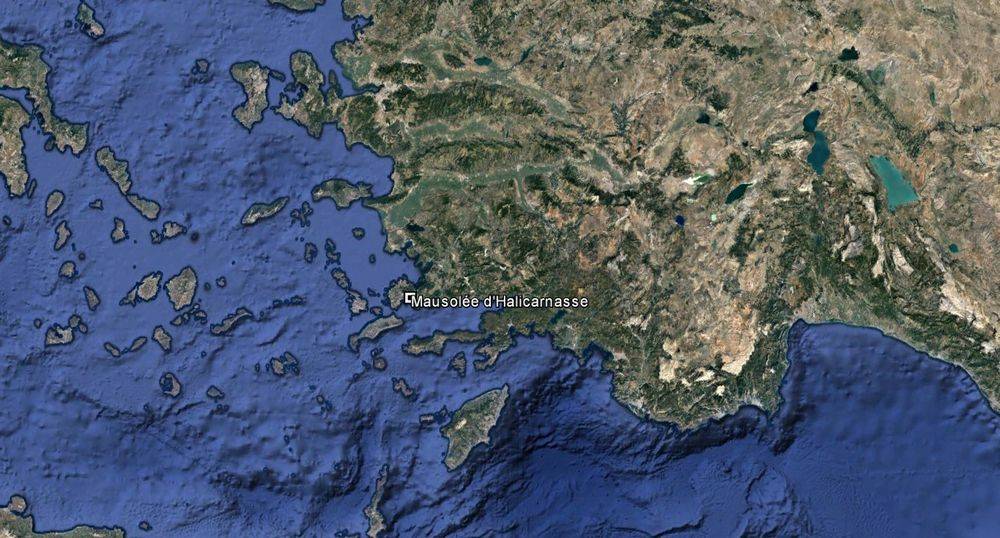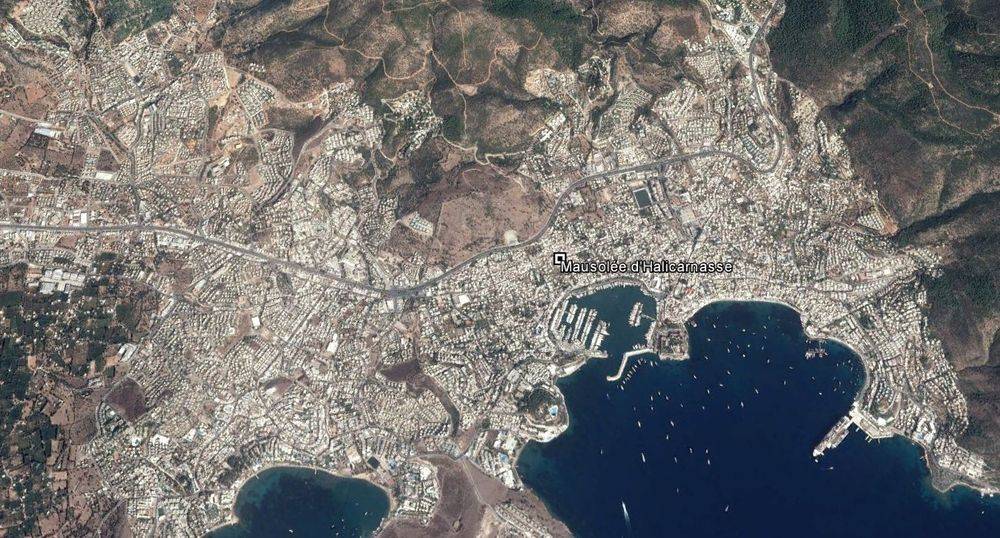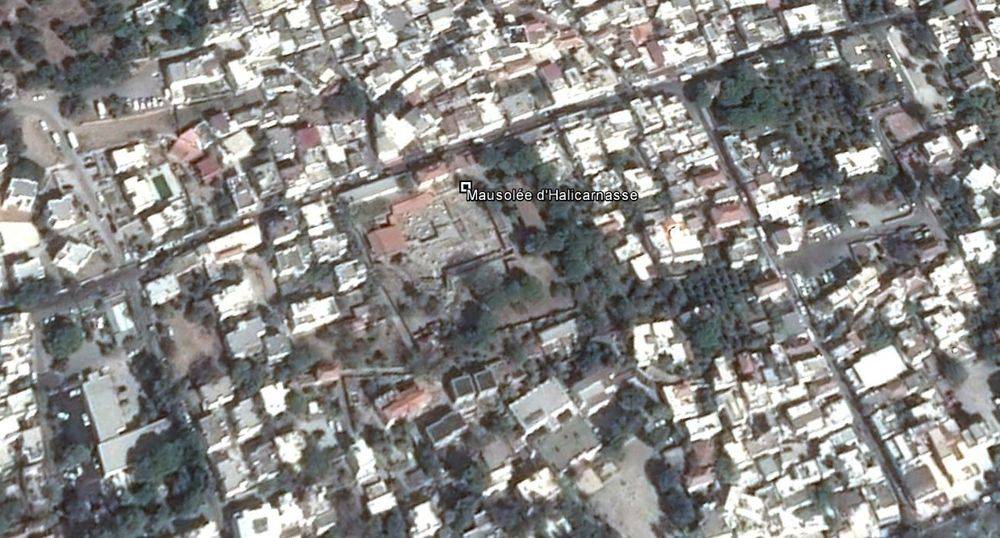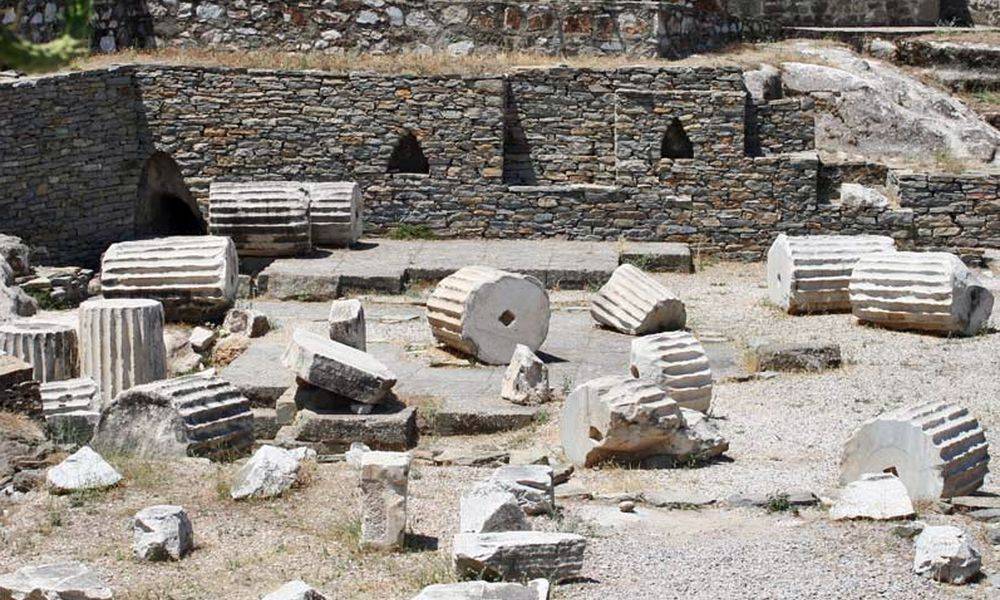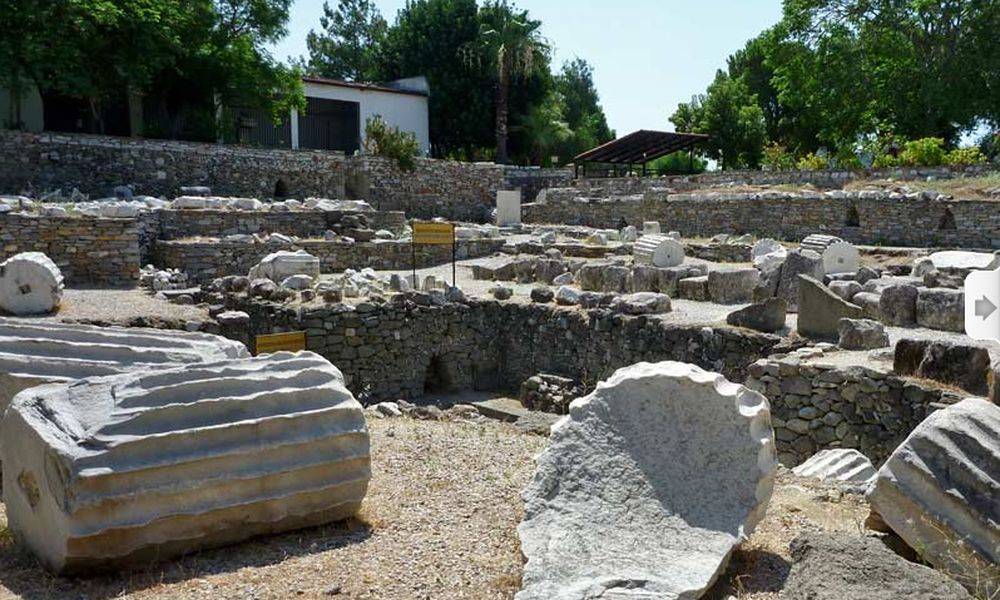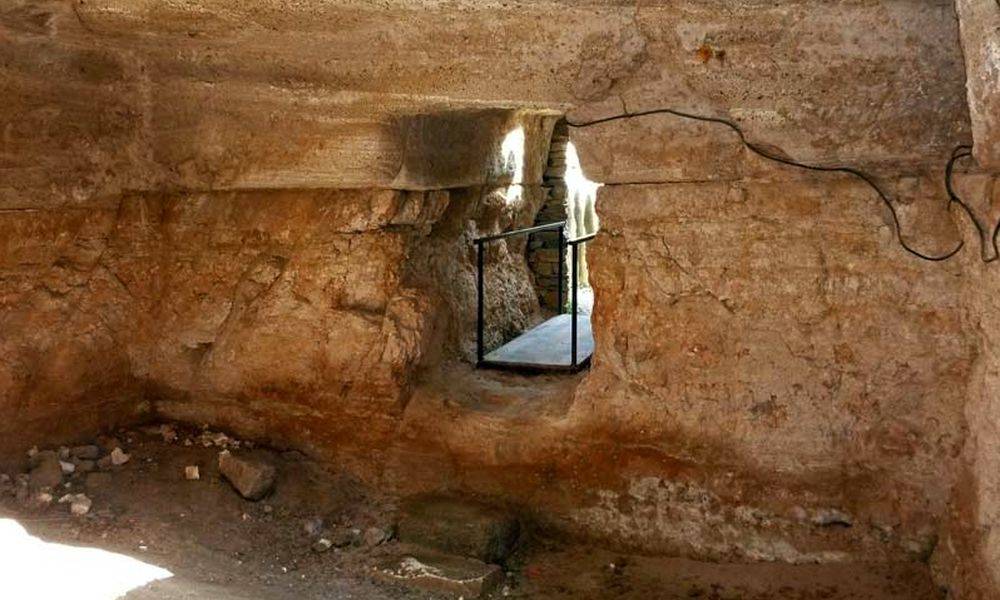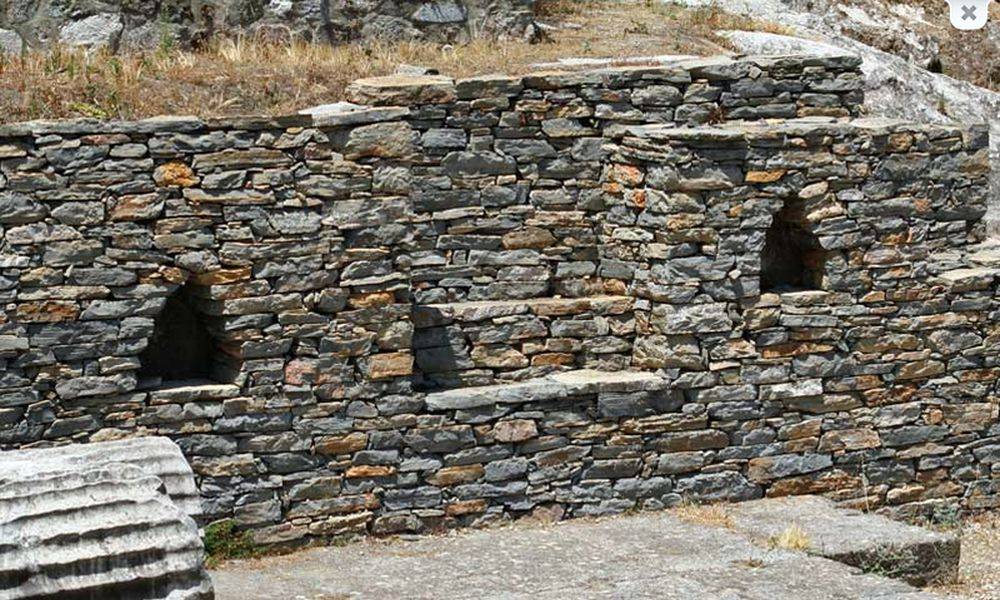The archaeological site of the Halicarnassian mausoleum was discovered by Charles Thomas Newton, a British archaeologist born in 1816 and deceased in 1894, curator at the British Museum. An expert in ancient history, this character traveled through the main sites of the ancient Greek empire to participate in the understanding of this era. In this capacity he traveled a great deal, and brought back to the British Museum a great number of objects of undisputed historical value.
In 1864 he obtained permission to remove the remains of an undeveloped archaeological site in Bodrum, a site he had put on his list with a predecessor, Professor Donaldson. He went to the site and was confronted with difficulties in finding the exact location of the site of the mausoleum: The city had spread out on the site, and the land could not be exploited easily, the owners opposing excavations large spans that were supposed to be made. Newton then resolved to make tunnels to exploit the subsoil without damaging the upper part of the land. Thanks to this technique he obtained a vision of the environment and could buy the land he really wanted to explore.
Nowadays the site is perfectly identified, it is included in the city. Here are the aerial views of the city of Bodrum that locates it.
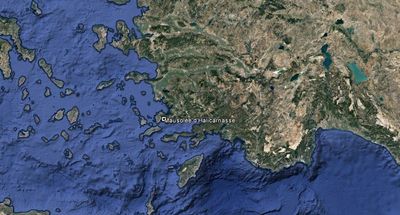
Aerial view of Turkey
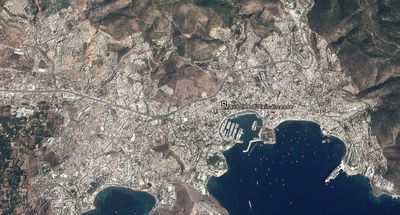
Aerial view of Bodrum
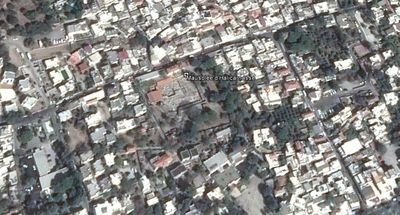
Aerial view of the city
It is the rectangular shape, a high wall protects it from the comings and goings of the population. There is a mosque next door.
Inside the surrounding wall there are several lounges that house the main elements still on site and are at risk of being damaged. All the other elements of the mausoleum are loose on the ground. Most are broken as shown in the pictures below. It is therefore necessary to make a fine effort to imagine the size of the building that stood there. What is still in state are the foundations of the building, made of dry stone walls perfectly aligned and in which niches have been arranged. It is possible to go down in the lower rooms or the temperature is more bearable, in case of great heat.
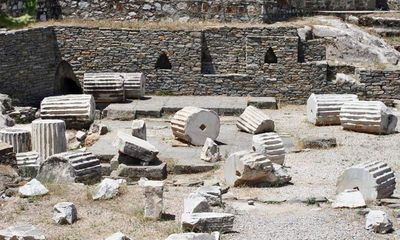
Site of the Mausoleum
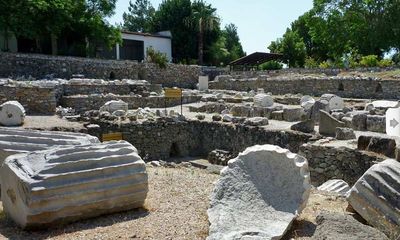
Site of the Mausoleum
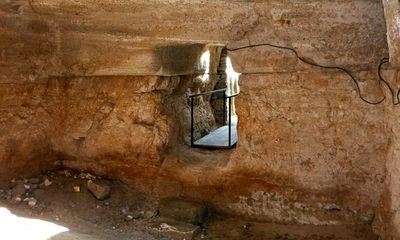
Site of the Mausoleum
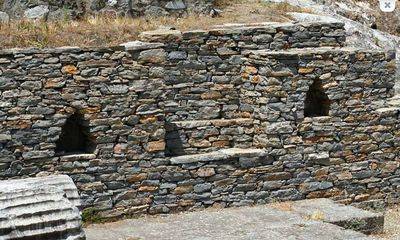
Site of the Mausoleum
Visit the Mausoleum of Halicarnassus
It is possible, yes, we visit the archaeological site. Getting to the place is easy with public transport, as they can change they are not listed here but it will be easy to get there, once in Bodrum.
The rate is very reasonable, the tour is cheap, unless you take a guide. But since the site is very well done, the guide is not really obligatory, especially since the site is rather small. Only advantage, if the guide speaks French, do not hesitate because nothing on the site is in French, all in Turkish or English.
The visit goes through a room where the main elements recovered and sheltered, like the portions of friezes are presented. On the other hand do not expect to be impressed, most of the really important elements are now at the British Museum. You can also watch a movie about the mausoleum, its history. You should know that after 6-7 minutes, the film becomes a travel guide proposing the activities of Bodrum ... The ideal is to couple this visit with another one, that of the castle or the amphitheater.
To be frank, the visit of the remains of the mausoleum of Halicarnassus is not the most exciting thing in the world. It remains interesting, it allows to discover it, to have information on the local history, and to see the pieces that are still on the spot. But the visit is quite short, after half an hour we went around the site, and there is not really much to do afterwards.
Informations
The visit is at the price of 10 lire (in 2015). Attention is closed on Monday.
See also:





